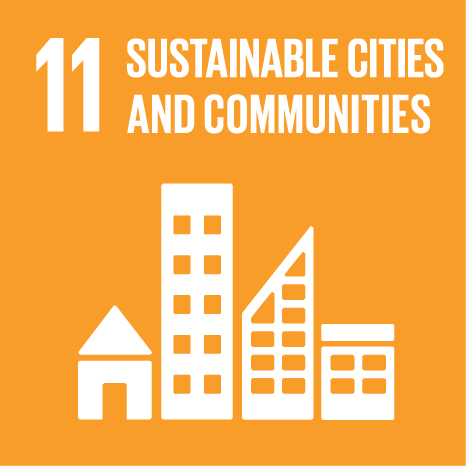Sense and Place: decoding space attachment with space syntax methodology
Event Title
Back to Human Scale: Rethinking Living Spaces for Tomorrow. International meeting on Architecture, Landscapes and Urban Planning
Year (definitive publication)
2022
Language
English
Country
Portugal
More Information
Web of Science®
This publication is not indexed in Web of Science®
Scopus
This publication is not indexed in Scopus
Google Scholar
This publication is not indexed in Google Scholar
This publication is not indexed in Overton
Abstract
A place is a meaningful location, a space with a distinct character where life occurs. A place is an important source of our identity - a key to who we are. Our identity depends on our belonging to places.
What is the diference between space and place? How is that a space becomes a place, a meaningful location with a sense of belonging? Is there any method which explain patterns and properties of space which are responsible for the generation of places in cities and buildings?
Space Syntax is a method coined by Hillier and Hanson (1984) which correlates social content with spatial content of places. By understanding the relationship between spatial affordance and people behavior, this method can explain, in an analytical way, how a space works.
In this presentation I propose to analyse the sense of place and self that we encountered in the plaza of Palazzo Adriano, the sicilian village represented in the film of Giuseppe Tornatore "Cinema Paradiso" (1988), using space syntax methodology for decoding place attachment as well our sense of belonging to a place and a time that does not exist any more.
Acknowledgements
--
Keywords
Place,configuration,spatial patterns,environmental behaviour,public spaces
Fields of Science and Technology Classification
- Computer and Information Sciences - Natural Sciences
- Social and Economic Geography - Social Sciences
- Other Humanities - Humanities
Contributions to the Sustainable Development Goals of the United Nations
With the objective to increase the research activity directed towards the achievement of the United Nations 2030 Sustainable Development Goals, the possibility of associating scientific publications with the Sustainable Development Goals is now available in Ciência_Iscte. These are the Sustainable Development Goals identified by the author(s) for this publication. For more detailed information on the Sustainable Development Goals, click here.

 Português
Português


